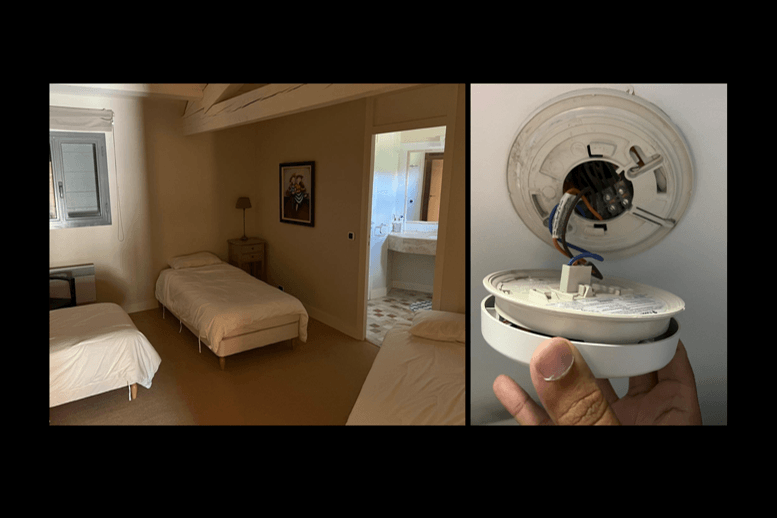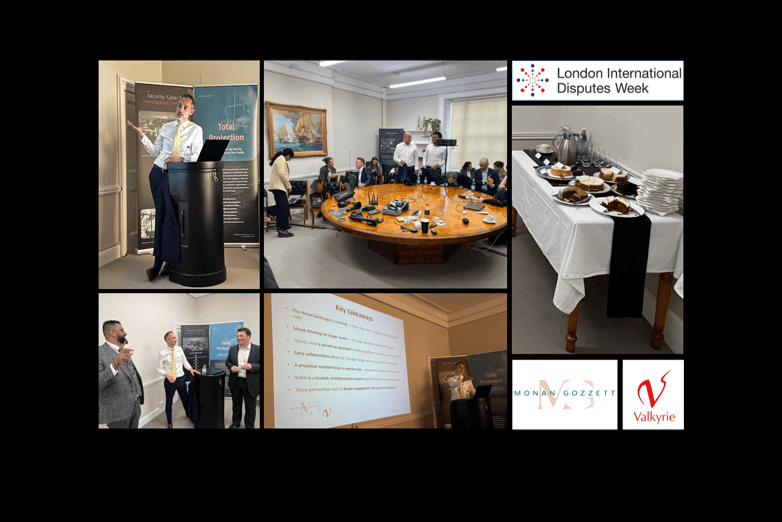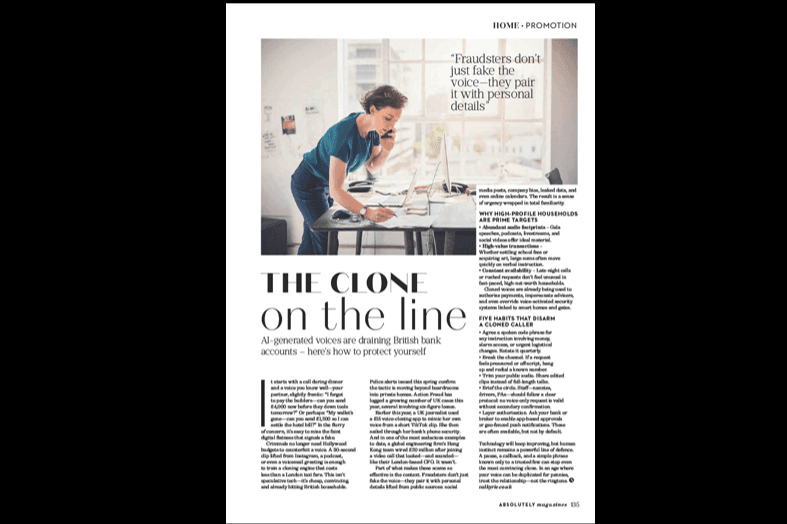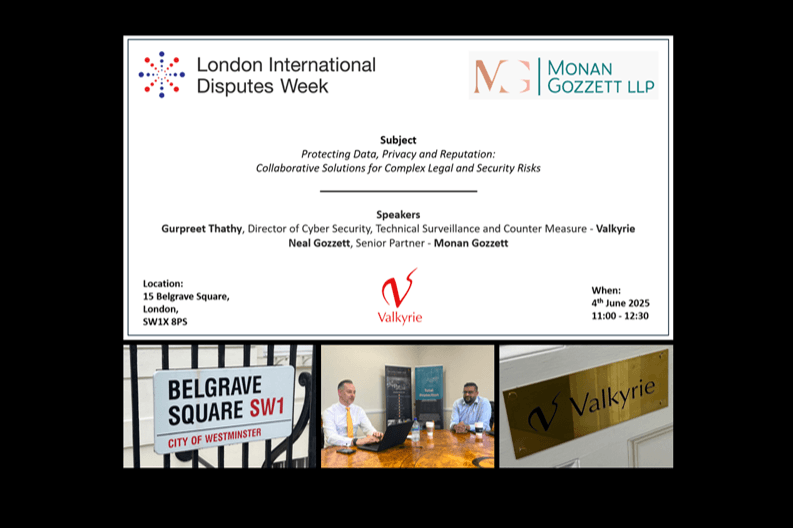Two weeks ago, we had a surveillance tasking in London that we thought was worth posting about. The task was reasonably straight forward – stakeout an address and confirm/deny whether an individual was staying/living there. The interesting part in regard to this tasking, which we experience quite often, was the client’s perception of surveillance, what could be achieved, and numbers required to achieve the task plus what he thought he needed. Unless the client has knowledge of surveillance, the initial request is more often than not: ‘surveillance for an undefined duration and if you identify him/her follow them detailing where they have gone and who they meet’. Clearly, identifying someone at an address (confirm/deny) is a considerably different task to following an individual where the requirement is to detail all movements – the two tasks are completely different.
Based on our experience, when we initially discuss a surveillance tasking (covert variety) with a client, our primary aim is always to define the exact client-aim and what they want to achieve. Once defined, it’s far easier to recommend an option to achieve that aim. Sometimes there are other non-surveillance options available that the client wasn’t aware of. That said, when the requirement is assessed as ‘dynamic-surveillance’ (stakeout, pick-up, follow and detail locations/meetings etc.) the client is often shocked with the resources required to cover this and the costs involved and their initial response is often, ‘Oh, I thought one person would be able to cover it’. In these circumstances, we generally explain to the client the ‘art of the possible’ and all the variables involved in surveillance and then offer the client three options to cover the task – ‘gold-silver-bronze’ – basically each option utilising less resources. However, when potentially being asked to utilise less resources importantly we include a sliding scale of ‘likely success’ with each option detailing where the issues are of which there are many, including ‘loss of target’ probably being the key one. Offering options still allows us to offer the client ‘an option’ but ensures they fully understand the issues/likelihood of success etc. That said, there’s always a point where we will not conduct a task ‘just for the sake of it’ utilising unrealistic resources/operators – it’s not good for us (reputation wise) or the client.
Our bottom line – always define the aim, have an honest discussion with the client, offer realistic options with issues associated and be prepared to decline the task if being pushed to use an unrealistic option that you know won’t achieve the aim and reflect badly on you.
At Valkyrie, we always aim to partner with our clients rather than in a supplier/client relationship. Understanding their issues and managing expectation is key to building a successful relationship. Working this way allows us to do more with our clients and gives us the best chance to achieve the objective.














